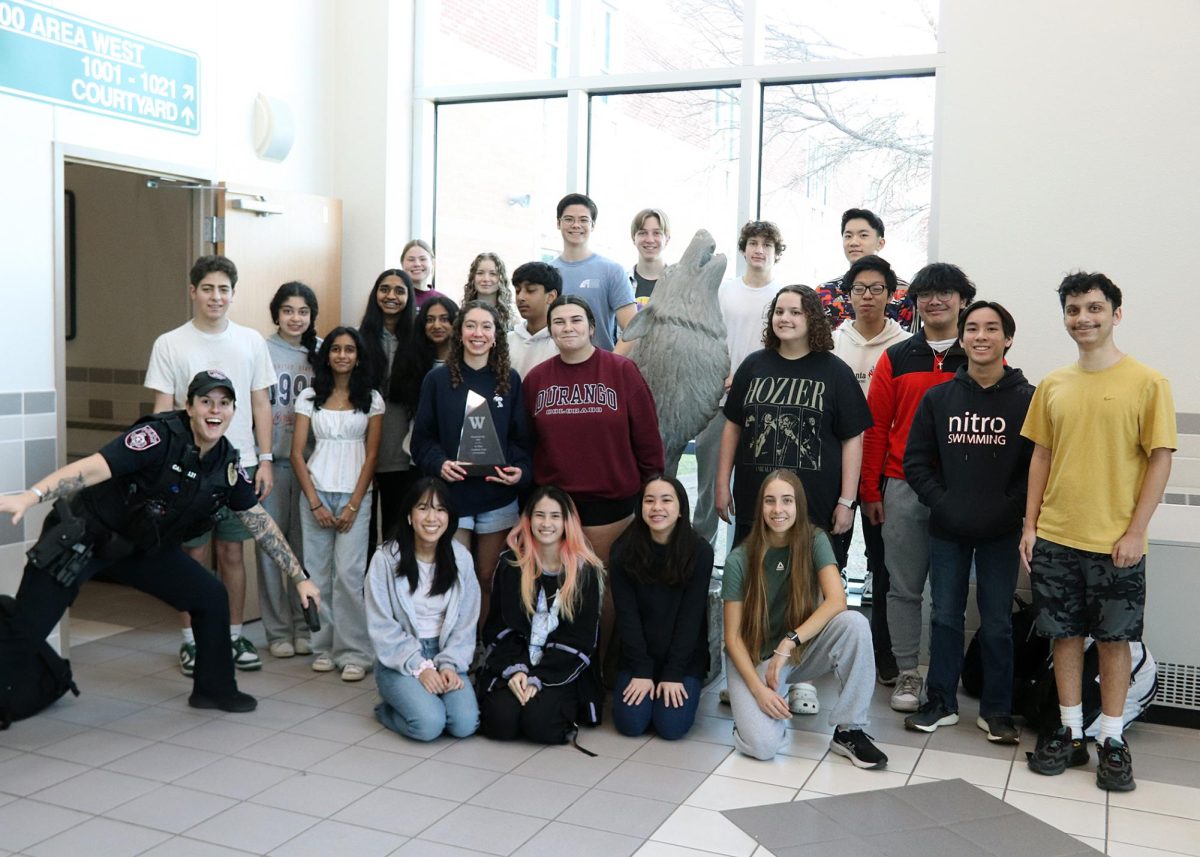Inside the luminescent nebulae of deep space, molecular clouds bunch together more and more until they become so dense that a gravity well is born, and the mass of dust and elements collapses into a newborn star. This is the beginning of one of the greatest dynamos in the cosmos, a ball of plasma and light that pumps out phenomenal amounts of energy over the course of billions of years. Scientists at Lawrence Livermore National Laboratory (LLNL) — a government operated lab in California — have been attempting to recreate this process of controlled inertial confinement fusion, effectively creating a star in hopes of solving the world’s energy crises, since June 2009. In Livermore, California, home of LLNL and its National Ignition Facility, tests are ongoing.
The idea of creating a star here on Earth obviously raises a few eyebrows, and undoubtedly conjures up images of Star Trek reruns, but the science of this ambitious endeavor are quite real. So what’s the fact behind this seemingly fictional experiment?
Using the National Ignition Facility (NIF) — one of the world’s largest lasers, essentially a factory of channels and complex mirrors for directing concentrated beams of light — 192 separate laser beams, which initially total up to one mega-joule of energy, are thrown through the channels and tubes, amplifying more and more as they travel. After approximately a mile, all 192 beams of light converge on one single nuclear pile, a pile no bigger than a droplet of water. This nuclear pile is a heterozygous mix of deuterium and tritium — two hydrogen isotopes that can, conveniently, be found in seawater — encased in a small, gold capsule for safe containment. When all 192 beams from the facility converge on the gold-encased capsule of nuclear material, the nuclei of the contained tritium and deuterium are fused together with tremendous heat and pressure, heating the material to 100 million degrees Celsius and collapsing it under 100 million times the pressure of the Earth’s atmosphere.
Naturally, with this sort of seemingly chaotic and mindless atomic fusion, people begin to fear that those “nut-case” scientists are going to destroy our Earth through some miscalculation or cliché world domination plot — comparable to the fear that was conjured up by CERN’s Large Hadron Collider, which some supposed would create a micro-singularity significant enough to suck in the entire planet. However, just like the fear surrounding CERN’s LHC, fear of this project is unprecedented. Though this project may sound like an exhibition of awesome power, the truth of the matter is that the results of Livermore Lab’s “Titan Laser” experiments can be greatly exaggerated. In actuality, the “star” will be unfathomably small — about five microns, which is smaller than even the width of a strand of hair — and it will only last for 200 trillionths of a second if it’s produced at all. Livermore may be cooking up stars, but it is highly unlikely that these stars will be cooking up us.
In early 2010 the experiments at Livermore Lab’s NIF began to catch the public’s eye (and fear). The goal was to reach a successful ignition by summertime that year — however, this was not to be. In fact, the first successful ignition LLNL reported wasn’t until October of that year. Currently, LLNL plans to finish all research by 2012.
Although there have been many setbacks, like the NIF ending its construction five years behind schedule, or delaying ignition through summer 2010, workers at Lawrence Livermore National Laboratory, and advocates of this “starry-eyed” project that come from outside the government facility, are highly confident that the creation of a star is not only capable, but is the solution to all the world’s energy problems, creating a virtually limitless power source. LLNL may not exactly be ahead of schedule, but it seems that science is beginning to quickly outrun science fiction.



![Jumping off the ground, senior linebacker Bennett Patton snatches the ball out of the air for an interception at Thursday’s game against Chaparral. Patton had two interceptions in the 56-14 victory, tying the school record for interceptions in a game. “I was just playing the game,” Patton said. “[I’m] going to go into next week, forget about it and stay humble.” Photo by Harper Chapman](https://cphswolfpack.com/wp-content/uploads/2025/09/bennett-interception.jpg)
![The fire department came to the school after students were evacuated when smoke started coming from the ceiling of a classroom. All students and staff are safe. “All of my friends left their stuff too, so we couldn’t contact our parents, and it was stressful,” senior Brynn Fowler said. “It was scary because I didn’t know [what was going on], and I couldn’t find anyone because it was a big crowd.” Photo by Anthony Garcia](https://cphswolfpack.com/wp-content/uploads/2025/09/firetruck.jpg)


![Sitting with her friend senior Sohpia Struve at last year’s Austin City Limits Festival, senior Ava Zuniga poses for a picture under a pavilion. They are frequent attendees at ACL, an annual music festival at Zilker Park. “I would recommend seeing a bunch of people,” Zuniga said. “This past year, we camped out for Chappell [Roan] for a really long time. I think the whole point of ACL, [which] is a lot of fun, is that you can go see so many different people, even if you don’t know them. So by camping by one person, it really limits yourself from being able to go see a bunch of people.” Photo courtesy of Ava Zuniga](https://cphswolfpack.com/wp-content/uploads/2025/10/EE9E9484-FE6F-4AA0-B5F5-0C177AB32841-1200x857.jpeg)
![Broadcast, yearbook and newspaper combined for 66 Interscholastic League Press Conference awards this year. Yearbook won 43, newspaper won 14 and broadcast took home nine. “I think [the ILPC awards] are a great way to give the kids some acknowledgement for all of their hard work,” newspaper and yearbook adviser Paige Hert said. “They typically spend the year covering everyone else’s big moments, so it’s really cool for them to be celebrated so many times and in so many different ways.”](https://cphswolfpack.com/wp-content/uploads/2025/05/edited-ILPC.jpg)





![Looking down at his racket, junior Hasun Nguyen hits the green tennis ball. Hasun has played tennis since he was 9 years old, and he is on the varsity team. "I feel like it’s not really appreciated in America as much, but [tennis] is a really competitive and mentally challenging sport,” Nguyen said. “I’m really level-headed and can keep my cool during a match, and that helps me play a bit better under pressure.” Photo by Kyra Cox](https://cphswolfpack.com/wp-content/uploads/2025/09/hasun.jpg)

![Bringing her arm over her head and taking a quick breath, junior Lauren Lucas swims the final laps of the 500 freestyle at the regionals swimming competition on date. Lucas broke the school’s 18-year-old record for the 500 freestyle at regionals and again at state with a time of 4:58.63. “I’d had my eye on that 500 record since my freshman year, so I was really excited to see if I could get it at regionals or districts,” Lucas said. “ State is always a really fun experience and medaling for the first time was really great. It was a very very tight race, [so] I was a bit surprised [that I medaled]. [There were] a lot of fast girls at the meet in general, [and] it was like a dogfight back and forth, back and forth.” Photo by Kaydence Wilkinson](https://cphswolfpack.com/wp-content/uploads/2025/03/Kaydence-2.7-23-edit-2.jpg)
![As the support team sits and poses for a photo in the cafeteria with the counseling team they eagerly wait to start their day. "We [all] seem to be a team, I get up every day and there's days where I don't want to go to work today, but I'm thankful that I have a job and I'm blessed to have what I have," Christopherson said. Photo Courtesy of Julie Weltens.](https://cphswolfpack.com/wp-content/uploads/2025/01/AF9E8470-10D7-4C91-BF28-EC8F86BAB66C-1200x852.jpeg)
![As he sprints with the ball, senior running back Trae Hill breaks a tackle during Friday’s 35-14 loss against the Vandegrift Vipers. Hill ran for 135 yards and two touchdowns during the game. “[Scoring] was electric,” Hill said. “It always feels good to score, but the O-line did everything.”](https://cphswolfpack.com/wp-content/uploads/2025/09/IMG_0795allie.varfb_-1200x799.jpg)














